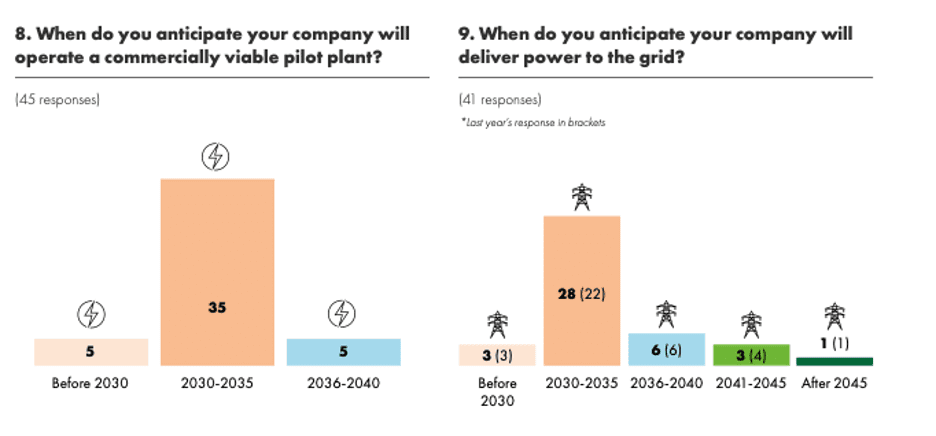From air quality alerts to the loss of natural habitats and homes, the threat and impact of wildfires has become increasingly concerning in many parts of the United States. Approximately 85% of wildfires in the United States are caused by humans, whether it is from unattended campfires, arson, or equipment malfunctions – these events are costly and dangerous. Since 2000 an annual average of 70,025 wildfires have burned an annual average of 7.0 million acres, which is more than double the average annual acreage burned in the 1990s.
In 2022, 52% of the nationwide acreage burned by wildfires was on federal lands for which the federal government is responsible. The U.S. Department of Agriculture Forest Service (FS) carries out wildfire management and response across the National Forest System (NFS), and the Department of the Interior (DOI) manages wildfire response for national parks, wildlife refuges and preserves, other public lands, and reservations. As of June 1, 2023, approximately 18,300 wildfires have impacted over 511,000 acres within the U.S. this year.
To address the wildfire crisis the Forest Service launched a comprehensive 10-year strategy in January 2022 focused on the communities most likely to be immediately impacted. The strategy, called “Confronting the Wildfire Crisis: A Strategy for Protecting Communities and Improving Resilience in America’s Forests,” combines congressional funding with scientific research and planning to create a national effort designed to increase the scale and pace of forest health treatments over the next decade. The Forest Service plans to work with states, Tribes and other partners to addresses wildfire risks to critical infrastructure, protect communities, and make forests more resilient through this strategy.
While wildfires are not the only fire-related threat, Grandview Research reports that the global fire protection system market size was valued at $77.88 billion in 2022 and is expected to grow at a compound annual growth rate (CAGR) of 6.6% from 2023 to 2030 – this market is not limited to wildfire, protection and includes myriad sources and systems. With a focus on wildfire prevention and management, the Institute for Defense & Government Advancement (IDGA) published a report covering spending and technology trends in this area. According to IDGA the wildfire prevention and management industry is pivoting from procurement to leasing of helicopters, aircraft and ground vehicles, to leasing with the Forest Service expected to spend $2.4 billion on leasing helicopters for wildfire purposes alone. Additionally, digital technologies such as artificial intelligence (AI), machine learning (ML), deep learning (DL) and robotics are playing a key role in the early detection of wildfires.
In March 2023 the U.S. Department of Agriculture’s Forest Service announced an investment of $197 million in 100 project proposals benefiting 22 states and seven tribes, as part of the Community Wildfire Defense Grant program, which is funded by the Bipartisan Infrastructure Law. Additionally, the Forest Service and other federal, tribal, state, and local partners developed and are implementing a National Cohesive Wildland Fire Management Strategy that has three key components: Resilient Landscapes, Fire Adapted Communities, and Safe and Effective Wildfire Response. Other sources of potential funding for innovators includes the USDA Small Business Innovation Research (SBIR) and Small Business Technology Transfer (STTR) solicitations for qualified businesses.
To learn more about this area and more, several upcoming conferences and events may offer opportunities to interact with others working in this area, and discover more about the wildfire and wildland prevention space. The 2024 NFPA Conference & Expo® will be held in Orlando, Florida next June, and the International Association of Fire Chiefs is hosting several events in 2024.







